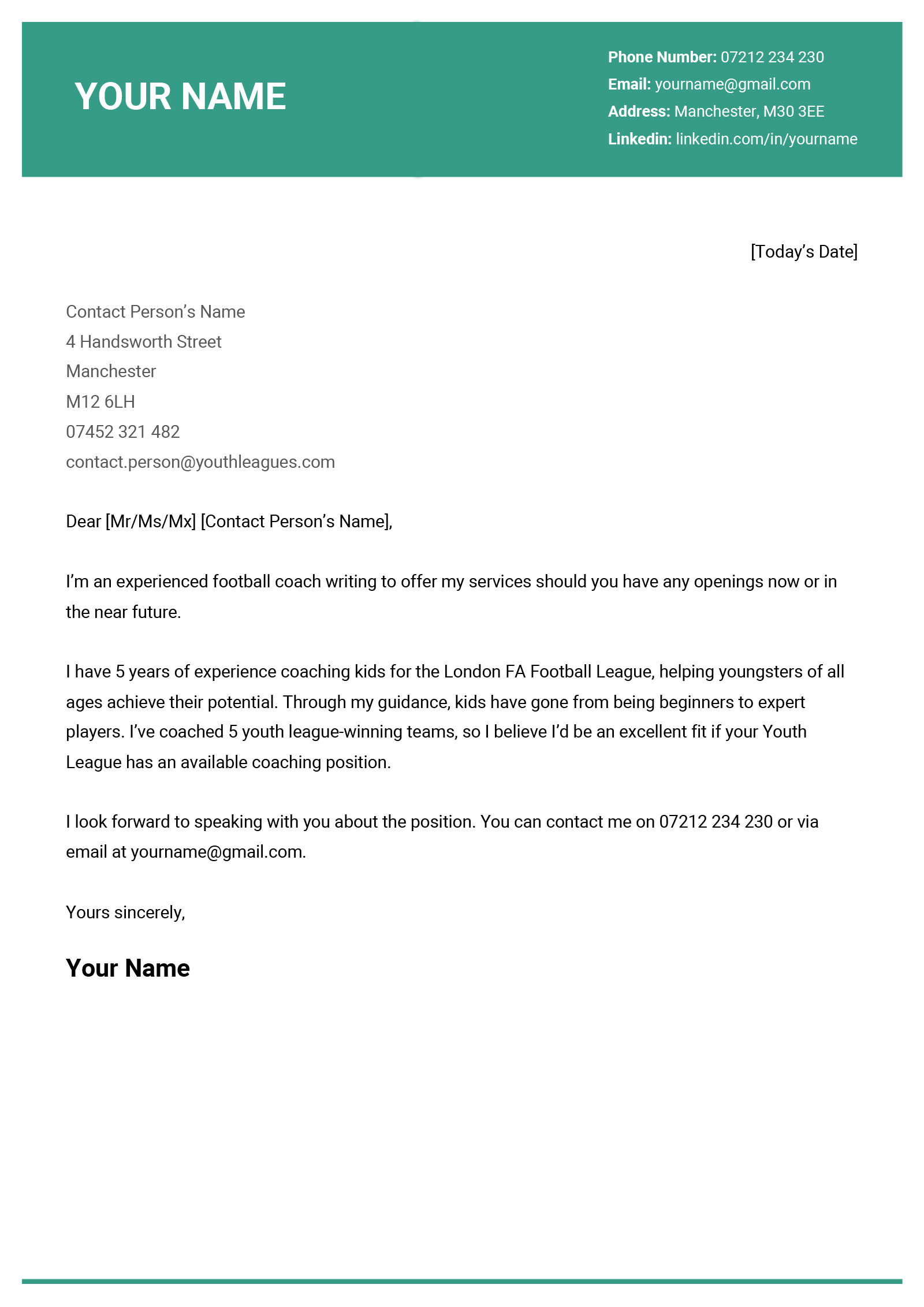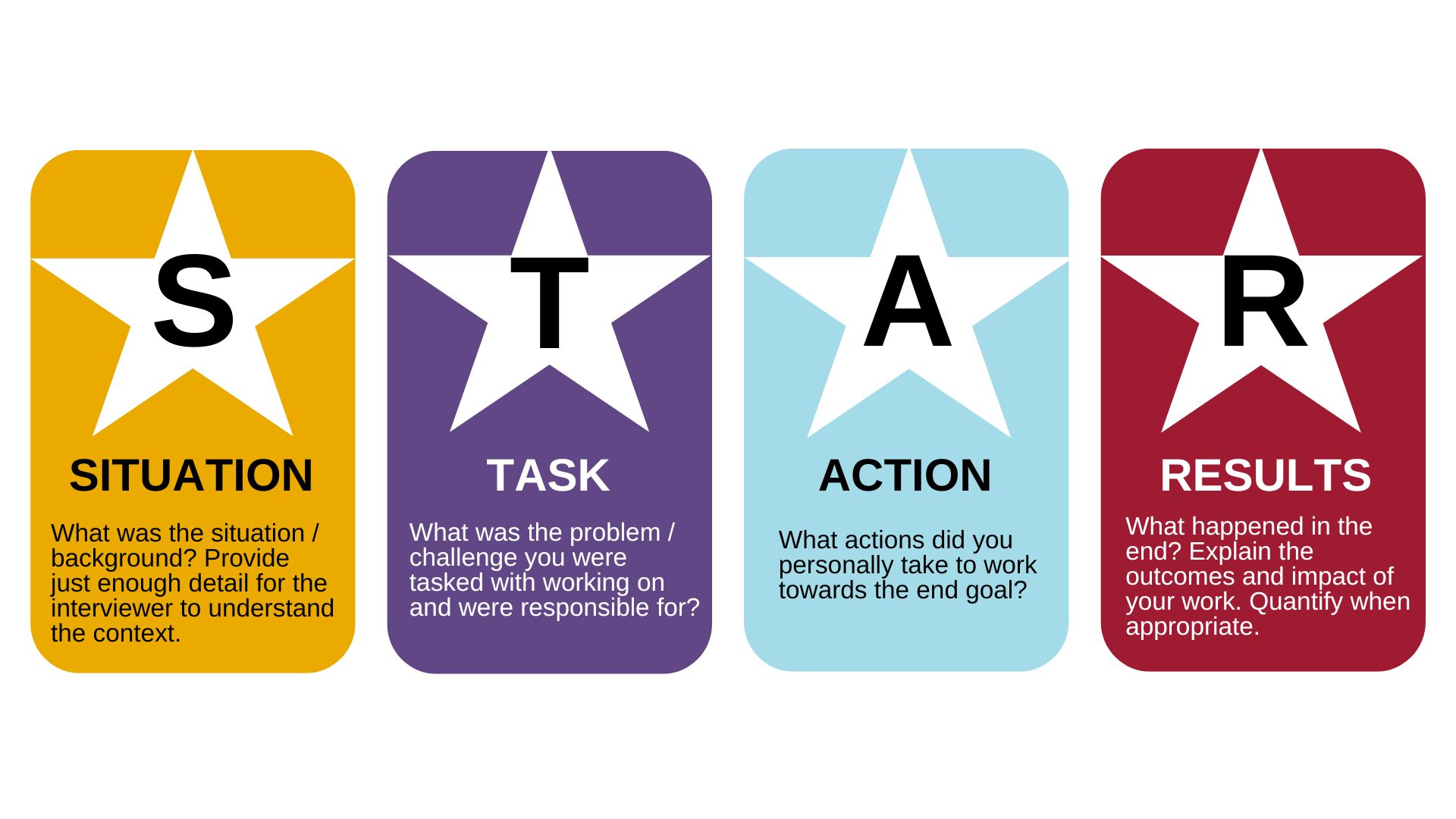How Campaign Orchestration Drives Personalized Banking Experiences

Why Campaign Orchestration is the Missing Link in Banking Personalization?
A recent survey shows that 73% of consumers expect companies to understand their unique needs and expectations including their banks.
Yet, most still compare these experiences not with other financial institutions, but with the best digital interactions in their daily lives—retailers that predict preferences, apps that anticipate behavior, and platforms that personalize content in real-time.
The expectation is clear: personalized, seamless, and timely experiences at every touchpoint.
This shift has placed tremendous pressure on banks to deliver more than just transactional convenience. Customers now expect emotional relevance, contextual understanding, and proactive service. It’s no longer enough to send generic offers or blanket campaigns. The future lies in intelligent engagement where every message is aligned with the customer’s needs, behaviors, and moments.
At the heart of this transformation is campaign orchestration for customer experience, a strategic approach that connects data, signals, channels, and content to deliver tailored interactions at scale.
The Modern Banking Customer is Not Waiting
Let’s start with what’s changed.
Ten years ago, sending a monthly statement email or a basic transaction alert counted as personalization. Today, it barely registers. Modern banking customers expect their financial institutions to know them deeply, accurately, and in real-time.
They expect:
- Offers tailored not just to who they are, but what they need right now
- Recommendations that reflect their behavior, not just their demographics
- Communication that feels timely and helpful—not random or repetitive
Personalization is no longer about segmentation. It’s about orchestration a real-time, responsive system that listens, interprets, and responds across touchpoints.
Campaign Orchestration: More Than Just Marketing Automation
There’s a common misconception that campaign orchestration is just a more sophisticated form of marketing automation. That’s like saying a GPS is just a map.
While automation helps you scale outreach, orchestration ensures that every interaction is part of a connected, intelligent journey. It’s about timing, relevance, and progression not just delivery.
In the context of banking, orchestration means:
Recognizing when a customer starts exploring loan options online and following up with a personalized pre-approval offer via email
Identifying a savings pattern and offering a new investment product based on life stage and goals
Delaying a marketing message if the customer has just lodged a complaint
Orchestration transforms campaigns into conversations. It connects data with context and turns static messages into meaningful experiences.
From Product Push to Customer Pull
Traditional banking campaigns are often structured around products. There’s a team for credit cards, one for home loans, and another for personal finance. Each runs its own campaigns often targeting the same customer with different, sometimes conflicting messages.
The result? Fragmentation.
Campaign orchestration flips this model. Instead of pushing products, it focuses on customer needs and lifecycle stages. It introduces logic, governance, and coordination across campaigns.
So when a customer is in the market for a mortgage, they’re not overwhelmed with irrelevant loan offers—they’re guided with content and offers aligned to that specific goal.
This shift from product-centric to customer-centric engagement increases not just response rates, but satisfaction, retention, and trust.
The Three Pillars of Campaign Orchestration
To orchestrate effective customer experiences, banks need to master three foundational pillars:
1. Unified Data
The first step is breaking data silos. Customer data is often fragmented across CRM systems, core banking platforms, call centers, and digital channels. Without a unified profile, personalization is impossible.
Unified data means:
- Combining transactional, behavioral, and demographic data
- Ensuring real-time access and updates
- Enabling consent-based data activation
With a single view of the customer, orchestration engines can make smarter decisions deciding not only what to send but what not to send.
2. Real-Time Signals
Customers generate signals constantly for app logins, ATM withdrawals, web page visits, and more. These signals reveal intent, timing, and context.
Orchestration systems must be designed to:
- Capture these signals in real-time
- Interpret them using decision logic
- Respond immediately and appropriately
This capability turns reactive campaigns into proactive engagement. It ensures your message lands exactly when the customer is ready to act.
3. Journey-Based Execution
Finally, orchestration must be journey-led, not campaign-led. That means moving away from one-off promotions toward multi-step, multi-channel journeys that adapt to each user’s behavior and preferences.
Journey-based execution allows you to:
- Guide customers from awareness to conversion to loyalty
- Adjust content and cadence based on engagement levels
- Use suppression logic to avoid fatigue or oversaturation
Campaign Orchestration in Action: A Day in the Life
To make this real, consider how orchestration could play out in a typical day for a banking customer say, a working professional named Neha.
- 8:00 AM – Neha checks her bank app to view her recent transactions. Based on her spending trends, she receives a personalized alert about potential savings opportunities this month.
- 12:30 PM – She browses the home loan section on the bank’s website during her lunch break. An hour later, she receives an email with a personalized rate offer and a calculator based on her location and salary.
- 6:00 PM – At an ATM, she notices a banner promoting a limited-time credit card cashback offer. It’s tailored to her recent travel bookings.
Each interaction is driven by orchestration relevant, timely, and respectful of her journey.
This isn’t theoretical. Banks with strong orchestration capabilities are already achieving measurable results:
- 30–40% higher email open rates
- 25% increase in cross-sell conversions
- 50% improvement in campaign ROI
Privacy, Compliance, and the Responsible Use of Data
Personalization can drive engagement but in banking, it must also uphold a higher standard: trust. With growing regulatory scrutiny and increasing consumer awareness around data privacy, personalization efforts must be designed responsibly from the ground up.
Orchestration, done right, begins with privacy.
Modern orchestration platforms are built to navigate this balance. They support:
- Built-in consent management to ensure communications align with customer permissions
- Compliance with global regulations such as GDPR, CCPA, and emerging regional frameworks
- Real-time preference controls, allowing customers to manage how and where they’re contacted
- Secure data handling through advanced encryption and governance protocols
When these principles are embedded into the orchestration framework, every message is both compliant and considerate. It’s not just about delivering relevance it’s about earning the right to communicate.
Ethical orchestration ensures customers feel seen, not surveilled. And that distinction builds enduring trust.
Integrating AI and Predictive Intelligence
As customer behavior grows more dynamic, the orchestration layer must become smarter, faster, and more intuitive. This is where artificial intelligence plays a transformative role.
AI enhances campaign orchestration by turning data into foresight. With the support of machine learning, banks can:
- Predict next-best actions, such as recommending a savings product after a spending spike
- Detect early churn signals, allowing retention strategies to activate before disengagement happens
- Score engagement likelihood, helping prioritize high-value segments and personalize outreach accordingly
Importantly, AI does not replace human oversight it complements it. It allows marketers and customer experience teams to scale personalization without sacrificing nuance or empathy.
For example, if a predictive model indicates that a customer may refinance in the next 90 days, orchestration can queue up a personalized journey: educational content, calculators, and advisor outreach. Not as a sales pitch, but as guided support timely, relevant, and valuable.
In this way, AI moves beyond automation. It becomes the engine behind adaptive, insight-led orchestration.
From Fragmented Messaging to Intelligent Experiences
When banks operate in silos where product teams run disconnected campaigns and channels function independently customers feel the disconnect. They receive overlapping messages, inconsistent offers, and sometimes even contradictory information. The result is more than just confusion. It erodes trust.
Campaign orchestration for customer experience solves this by transforming fragmented communication into coordinated engagement. It introduces:
- Centralized decisioning that ensures messaging is governed by a unified logic, not individual team agendas
- Omnichannel coordination that aligns every touchpoint from email and SMS to in-app and in-branch into a seamless customer journey
- Real-time optimization that adapts messaging dynamically, based on live customer signals and contextual triggers
The goal isn’t to send more messages it’s to send better ones. Messages that are relevant, respectful of timing, and personalized to each customer’s moment.
This shift is especially critical as banks face rising competition from fintech disruptors and digital-native brands that have built their experiences around agility, personalization, and speed.
Orchestration is a Strategic Investment—Not a Technical Add-on
Too often, campaign orchestration is viewed through a tactical lens something handled by marketing to push promotions. In reality, its impact extends far beyond campaign delivery. It touches the very foundation of how a bank connects with its customers.
Consider its reach:
- Customer Experience: By reducing noise and elevating relevance, orchestration creates smoother, more engaging experiences that increase satisfaction and brand affinity
- Revenue Growth: Targeted engagement improves conversion rates for upsell and cross-sell efforts while enhancing retention through timely, value-driven communication
- Operational Efficiency: Intelligent automation reduces the need for manual campaign coordination, eliminates redundant outreach, and streamlines decision-making across departments
Banks that embrace orchestration as a core capability aren’t just improving engagement metrics they're building the infrastructure for long-term resilience. They move from reacting to customer behavior to shaping it proactively.
In a world where attention is scarce and trust is hard-won, orchestration isn’t just an enhancement it’s a strategic shift toward meaningful, lasting customer relationships.
Final Thought: Orchestrated Engagement Is the Future of Banking
“Campaign orchestration is not about sending more messages. It’s about sending the right messages to the right person, at the right time, through the right channel. According to McKinsey, companies that personalize at scale see a 40% uplift in revenue compared to peers.”
In a hyper-competitive, always-on environment, banks that master orchestration will stand apart. They’ll earn both transactions and loyalty, advocacy, and lifetime value.
The future of banking is personalized. And personalization starts with orchestration.
Note: IndiBlogHub features both user-submitted and editorial content. We do not verify third-party contributions. Read our Disclaimer and Privacy Policyfor details.







